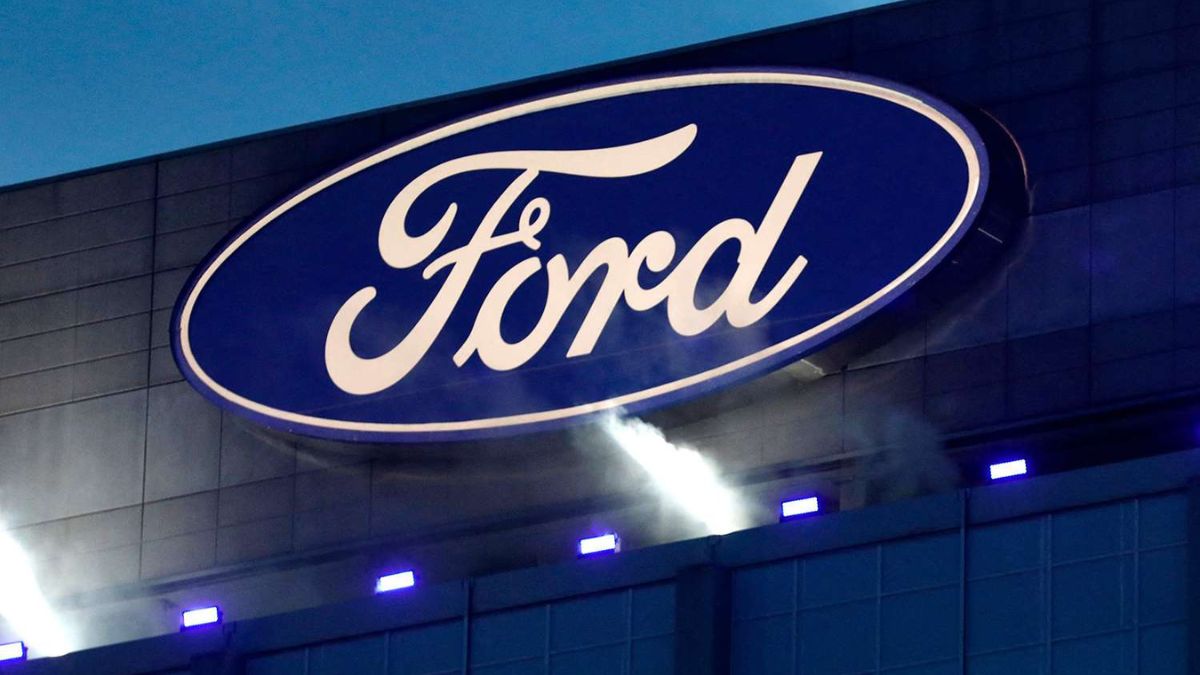
Advertisement
DETROIT — Once seen as a “dirty” word in the automotive industry, fleet sales have evolved into a significant profit driver for U.S. automakers, with Ford Motor Company leading the charge. The Dearborn, Michigan-based automaker has transformed its fleet business, which includes sales to commercial, government, and rental customers, into a lucrative segment. This shift has prompted rivals General Motors and Stellantis to restructure their operations to capitalize on this opportunity.
Historically, fleet sales—particularly those for daily rentals—were considered less profitable and used by automakers to manage excess inventories. However, Ford has demonstrated that fleet sales can be highly profitable. The company’s “Ford Pro” fleet business reported about $18.7 billion in adjusted earnings and $184.5 billion in revenue since 2021. This success has earned Ford’s fleet operations high praise from Wall Street, with analysts likening it to the profitable Italian sports car manufacturer Ferrari.
Fleet Sales Performance
Fleet sales typically make up 18% to 20% of annual industrywide U.S. light-duty vehicle sales, excluding larger trucks and vans. With the average age of fleet and commercial vehicles on U.S. roads reaching 17.5 years, compared to 12.4 years for passenger vehicles, there is significant potential for growth. Ford has capitalized on this by increasing its commercial volumes by 7% this year compared to 2023.
Ford’s rivals, GM and Stellantis, are also focusing on fleet sales. Stellantis is revamping its Ram Professional unit to target record profitability and aims to become the leading seller of light-duty commercial vehicles. Stellantis’ Ram brand, which represents about 80% of its U.S. fleet business, is undergoing a transformation with new trucks and vans, connected services, and increased financing options for commercial customers.
GM has also revamped its fleet operations with the launch of “GM Envolve,” an overhauled business that integrates fleet sales, digital telematics, and logistics. GM views this approach as a competitive advantage and a source of recurring revenue and customer relationships.
Electric Vehicles and Future Goals
Ford is not only focusing on traditional fleet sales but also on integrating electric vehicles (EVs) into its offerings. The company plans to invest about $3 billion to expand and electrify its Super Duty trucks. Ford aims to provide a multi-energy platform across its commercial vehicles, including hybrids and plug-in hybrids.
In contrast, GM’s electric commercial business, BrightDrop, has faced challenges but remains a key component of GM Envolve’s strategy, especially for last-mile delivery solutions. Rivian Automotive currently leads in all-electric cargo van registrations, but the high upfront investment for EVs is seen as potentially worthwhile for businesses with predictable routes and overnight charging opportunities.
Competitive Landscape
Ford’s fleet business stands out with an estimated $9.5 billion in earnings this year, compared to GM’s $5.5 billion and Stellantis’ $3.5 billion. Since 2021, Ford has held a significant market share of new fleet vehicle registrations, with about 30%, compared to GM’s 21%-22% and Stellantis’ 9%.
As Ford continues to lead in fleet sales and explore new revenue streams through software and services, GM and Stellantis are ramping up their efforts to compete in this evolving market. The focus on profitability, EV integration, and comprehensive fleet solutions highlights a dynamic shift in the automotive industry’s approach to fleet sales.
